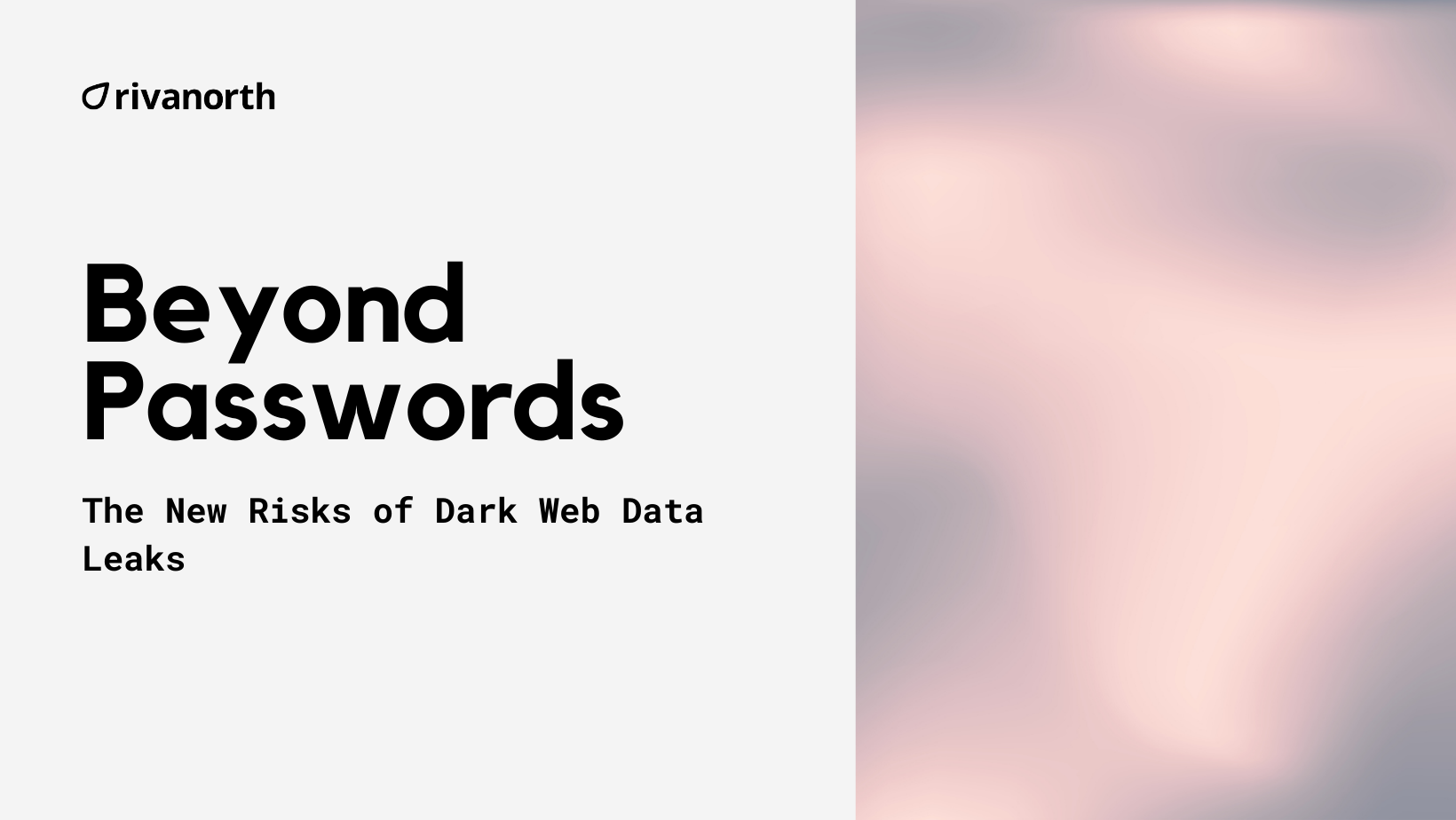
When most people think of the dark web, they picture stolen emails and passwords circulating among cybercriminals. But the reality is far more alarming. Today, leaked data goes beyond simple login credentials, sensitive business documents, financial records, and regulatory compliance data are increasingly appearing in dark web marketplaces and ransomware dumps.
The recent Waive.com.au breach is a prime example of this shift. The RegTech company, which simplifies ASIC compliance for accountants, fell victim to the RansomHub ransomware group, resulting in the exposure of 30GB of highly sensitive business information. This case highlights why businesses must pay closer attention to the evolving threats on the dark web.
The Waive Breach: More Than Just Credentials
Waive.com.au is a RegTech firm that automates ASIC compliance for accountants. Given its role in regulatory compliance, Waive holds valuable financial and business information, making it a prime target for cybercriminals.
On November 19, 2024, Waive suffered a data breach, exposing company statements, invoices, and various documents of its clients containing:
- ASIC Corporate Keys
- Invoice details
- ASIC agent numbers
- ACN and ABNs
- Company share structure details
- Company names and roles
- Bank transaction details
- Birth dates and phone numbers
- Names, addresses, and places of birth
This type of data is far more damaging than a simple credential leak. It enables cybercriminals to commit fraud, impersonate businesses, and even exploit regulatory processes for financial gain.

For Australian businesses, this is particularly critical as much of this information is tied to legal, regulatory, and financial compliance. Compromised ASIC data, company roles, and financial records can lead to significant reputational and financial damage.
Additionally, monitoring third-party breaches is crucial. Often, months or even years can pass before companies discover that a vendor, partner, or supplier has been breached. In some cases, the affected companies may not even be aware of their own data exposure. Businesses must take proactive steps to monitor both internal and external risks.
Who is RansomHub?
RansomHub is a notorious ransomware group that specialises in extorting businesses by encrypting their data and demanding payment for decryption. If victims refuse to pay, RansomHub follows the double extortion model, where stolen data is leaked online or sold to the highest bidder.
RansomHub targets organisations that hold highly sensitive records, especially those in financial services, healthcare, and regulatory industries. The Waive breach underscores how ransomware groups are shifting their focus to businesses managing critical compliance and financial data.
Why This Matters: The Changing Nature of Dark Web Threats
In the past, dark web monitoring primarily focused on detecting stolen emails and passwords. However, the Waive breach demonstrates that today’s cybercriminals seek more valuable corporate intelligence.
This shift introduces new risks for businesses:
- Regulatory Compliance Violations: Leaked ASIC-related data can put companies at risk of failing compliance audits.
- Identity and Business Fraud: Cybercriminals can use leaked details to impersonate businesses and executives.
- Supply Chain Attacks: Criminals may target partners and clients based on exposed company connections.
- Targeted Phishing and Social Engineering: Leaked business data allows for sophisticated, personalised scams.
How Businesses Can Protect Themselves
Given the growing sophistication of ransomware groups and dark web markets, companies need to go beyond traditional cybersecurity measures. Here’s how:
- Dark Web Monitoring: Businesses must actively track whether their sensitive documents and client data have been leaked.
- Third-Party Risk Management: Companies must monitor vendors, suppliers, and partners for potential breaches, as these incidents can expose interconnected data.
- Data Encryption & Access Controls: Protect critical records with strong encryption and limit access to sensitive files.
- Incident Response & Threat Intelligence: Having a rapid response plan can minimise damage and prevent further leaks.
- Employee Awareness & Training: Many breaches begin with phishing or compromised credentials, education is key.
How Oko Helps Businesses Stay Ahead
Oko’s AI-driven dark web monitoring goes beyond simple password breach detection. It continuously scans hidden forums, marketplaces, and ransomware leaks to detect compromised business information before criminals can exploit it.
With real-time alerts and actionable insights, Oko helps businesses:
-
Identify leaked financial, regulatory, and corporate data
-
Mitigate risks before they turn into costly compliance failures
-
Protect clients, partners, and brand reputation
Conclusion
The Waive breach is a wake-up call for businesses that assume dark web threats only involve login credentials. The reality is that ransomware groups are now leaking business-critical data, from financial records to regulatory documents, creating new attack vectors for cybercriminals.
Businesses must take a proactive approach to dark web security. Dark web monitoring is no longer optional, it’s a necessity.
Is your business data on the dark web? Find out today with Oko’s dark web monitoring solution. Start your security journey with a free Dark Web Security Assessment (DWSA). Click here to get started.
Disclaimer: Rivanorth has attempted to contact Waive for comments but has not received a response. For amendment requests, please email contact@rivanorth.com.
Free Dark Web Security Assessment
Join Our Newsletter